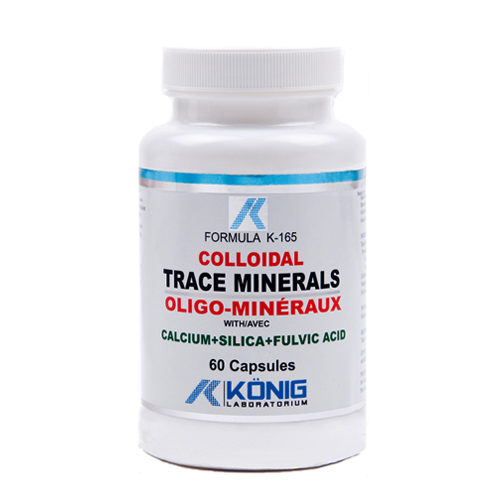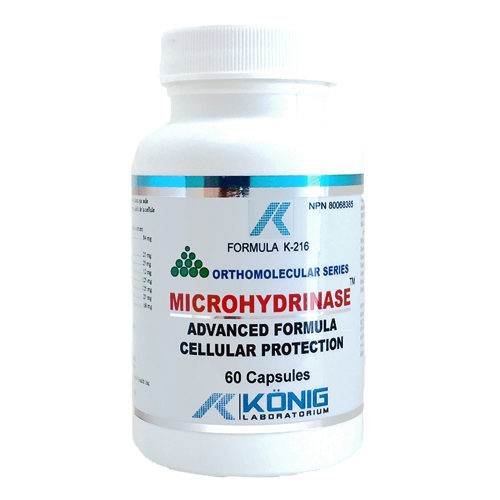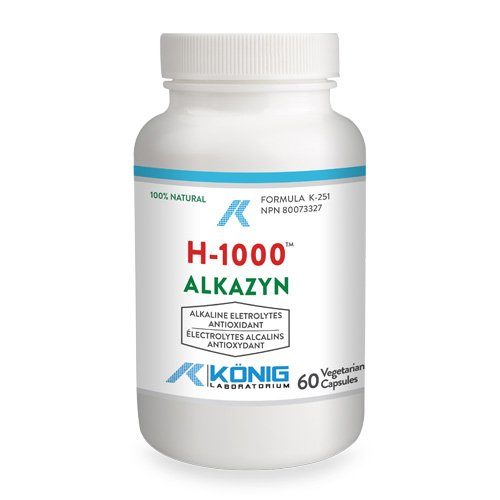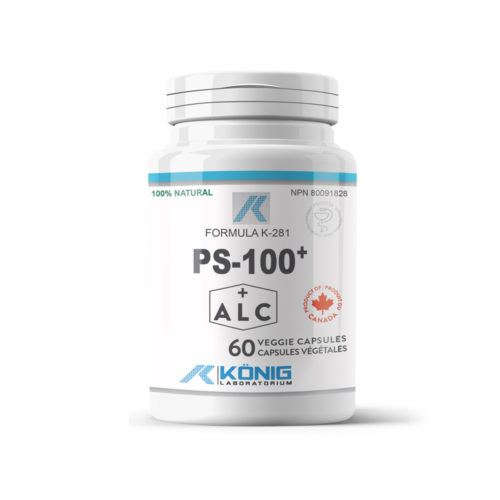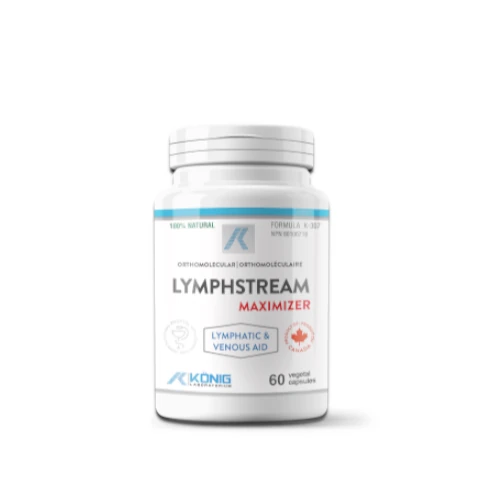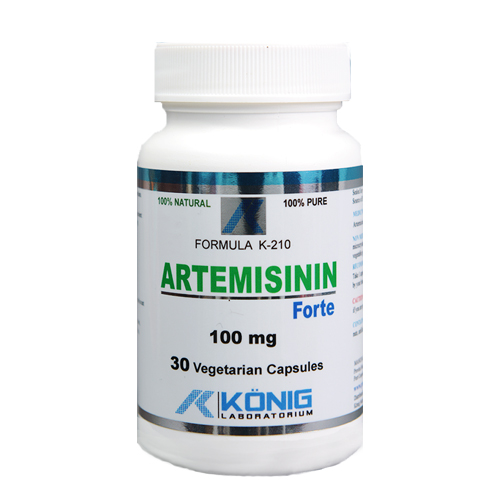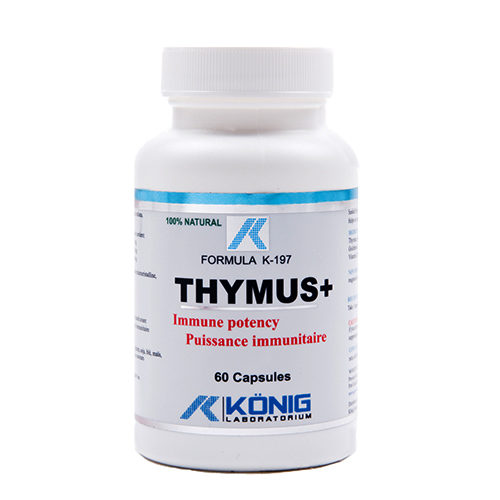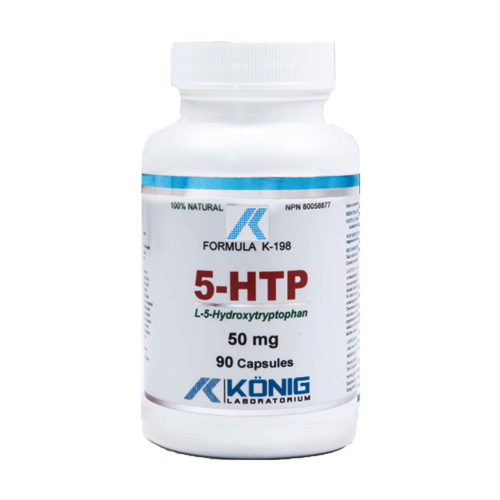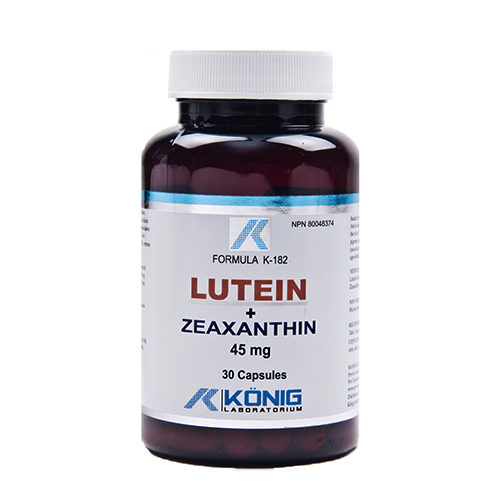Descriere
Ce este Colloidal Trace Minerals?
Este regretabil faptul ca specialistii din Romania trec cu vederea importanta pe care o au mineralele trasoare si pH-ul organismului. Acestea sunt oligominerale de care organismul are mare nevoie mai ales la nivel celular in cantitati mici dar cu efecte esentiale. Mineralele trasoare mentin integritatea celulara. Prin efectul alcalinizant, mineralele trasoare contribuie la prevenirea mutatiilor de ADN care pot determina aparitia cancerului.
Spre deosebire de mineralele anorganice obisnuite, mineralele coloidale au dimensiuni foarte mici si se afla in suspensie. Acestea sunt extrase din surse de natura organica fiind astfel “chelatate” in mod natural. Datorita dimensiunilor moleculare mici si a chelatinarii ele sunt bioabsorbabile 100%, in timp ce mineralele anorganice sunt absorbite de organism doar in proportie de maximum 10%.
Efectele benefice ale acidul fulvic sunt una dintre cele mai recente descoperiri stiintifice. Acidul fulvic este un adevarat miracol.
Doctorul Alexis Carrell, laureat al premiului Nobel, a luat celule din inima unui pui de gaina si le-a introdus intr-un container continand o solutie de oligominerale, electroliti si acid fulvic. A reusit sa tina aceste celule vii si sanatoase timp de 28 de ani. Aceste celule nu au imbatranit, nu s-au degratat si nu au murit. Aceasta descoperire a socat lumea medicala.
Acidul fulvic este un super-antioxidant si in acelasi timp asista pas cu pas la metabolismul celular. Este cel mai puternic electrolit natural cunoscut. El restaureaza balanta electrica a celulelor bolnave si neutralizeaza toxinele in timp record. Cand intalneste radicali liberi cu sarcina pozitiva sau negativa neimperecheata, il incarca cu o sarcina egala si opusa, astfel neutralizandu-i electric si facandu-i inofensivi.
Acidul fulvic este de asemenea un rafinator si transportor pentru substantele nutritive si materiile organice necesare sanatatii celulelor.
Ce beneficii ofera Colloidal Trace Minerals?
- Detoxifica organismul de poluanti si metale grele;
- Mareste activitatea enzimelor;
- Regleaza balanta hormonala;
- Schimba metabolismul carbohidratilor;
- Intensifica metabolismul proteinelor;
- Stimuleaza sistemul imunitar;
- Mareste rata de asimilare si de utilizare a nutrientilor;
- Energizeaza celulele;
- Inhiba absorbtia virusurilor si ajuta la eliminarea lor din organism;
- Are efect alcalinizant si mareste rata de oxigenare a sangelui.
COMPOZITIE
Ce contine Colloidal Trace Minerals?
Complexul de mineralele trasoare coloidale de la Konig este bogat in electroliti si acid fulvic. Mai contine silciu coloidal, un mineral esential pentru tesuturi precum si un dozaj sinergic de calciu (de origine coraliera) si vitamina C. Siliciul coloidal extras din planta Equisetum Arvense este un oligoelement cunoscut ca fiind important pentru formarea si intretinerea diferitelor tesuturi conjunctive. Electrolitii sunt necesari pentru a facilita transportul mineralelor si a nutrientilor in sange.
| Complex mineralier (din recif coralier) | 250 mg |
| Continand: | |
| Calciu | 80 mg |
| Saruri continand oligo-minerale | 170 mg |
| Siliciu coloidal ( extras din coada-calului Equisetum arvense) | 100 mg |
| Acid fulvic | 5 mg |
| Vitamina C | 10 mg |
Nu contine: produse lactate, oua, gluten, soia, grau, drojdie, porumb, drojdie, nuci, indulcitori artificiali, coloranti sau arome.
ADMINISTRARE
Modul recomandat de administrare: 1-2 capsule pe zi.
Atentionari:
- Pastrati sigilat si depozitat intr-un loc racoros si uscat.
- A nu se lasa la indemana si vederea copiilor.
PRODUCATOR
PROVITA Nutrition and Health Inc., Port Coquitlam, BC V3C 1S2, CANADA
REFERINTE
- Senesi, N (1990). Analytica Chimica Acts, 232, 51-75. Amsterdam, The Netherlands: Elsevier
- Vital electrolytes-Baker, W.E. (1973) Geochimlen at Casmochtulon Acts, 37, 269-281.
- Gamble, D. S. and Schnitzer, M. (1974) Trace Metals and Metal-Organic Interactions in Natural Waters. Ann Arbor MI: Ann Arbor Science.
- Power of an electrolyte – Crile, G. (1926). A bipolar theory of living processes. New York: McMillen.
- Decrease in electrical potential – Crile, G. (1926) A bipolar theory of living processes. New York: McMillen.
- Powerful electrolyte – Jackson, William R. (1993). Humic, Fulvic and Microbial Balance: Organic Soil Conditioning. Evergreen Colorado: Jackson Research Center.
- New Electronic Encyclopedia. (1991). Photosynthesis. Grolier electronic publishing.
- Donor and acceptor – Jackson, William R. (1993). Humic, Fulvic and Microbial Balance: Organic Soil Conditioning. Evergreen Colorado: Jackson Research Center.
- Donor and receptor – Rashid, M.A. (1985). Geochemistry of marine humic substances. New York: Springer-Verlag.
- Donor, receptor-Sposito, G., Holtaclaw, K.M.,LeVesque C.S., and Johnston, C.T. (1982). Trace metal chemistry in arid-zone filed soils ameneded with sewage sludge. II. Comparative study of the fulvic and fraction. Soil Science Society America Journal, 45, 265-270.
- Mineral complexes in fulvic may serve as electrodes- Rashid, M.A. (1985). Geochemistry of marine humic substances. New York: Springer-Verlag.
- Free radical – Senesi, N. (1990) Analytion Chimica Acts, 232, 51-75. Amsterdam, The Netherlands: Elsevier.
- Free radical – Senesi, N., Chen, Y., Schnitzer, M. (1977b). The role of humic acids in extra-cellular transport and chemical determination of pH in natural waters. Soil Biology and Biochemistry, 9, 397-403.
- Oxidation reduction – Senesi, N., Chen, Y., Schnitzer, M. (1977b). The role of humic acids in extra-cellular transport and chemical determination of pH in natural waters. Soil Biology and Biochemistry, 9, 397-403.
- Dissolves metals and minerals – Ong, H.L., Swanson, V.D., Bisque, R.E. (1970) Natural organic acids as agents of chemical weathering (130-170). U.S. Geological Survey Professional Paper 700 C. Washington, D.C. U.S. Geological Survey.
- Enhance and transport nutrients – Christman, R.F., Gjessing, E.T. (1983). Aquatic and terrestrial humic materials. The Butterworth Grove, Kent, England: Ann ArborScience. Also: Prakish, A. (1971). Terrigenous organic matter and coastal phytoplankton fertility. In J.D. Costlow (Ed.), Fertility of the sea, 2, 351-368. (Proceedings of an International Symposium on Fertility of the Sea, Seo Paulo, Brazil, London, and New York: Fordon and Breach Science)
- Enhance and transport nutrients – Prakash, A. (1971). Fertility of the Sea, 2 351-368.
- Williams, S.T. (1963). Are antibiotics produced in soil? Pedobiologia, 23, 426,435.
- Stimulate growth – Kanonova, M.M. (1966). Soil organic matter. Elmsford, N.Y.: Pergamon.
- All known vitamins in soil – Kanonova, M.M. (1966). Soil organic matter. Elmsford, N.Y.: Pergamon.
- Many times its weight – Deb, B.C. (1949). The movement and precipitation of iron oxides in podzol soils. Journal of Soil Sciences, 1, 112-122.
- Catalyzes enzyme reactions – Khristeva, L.A., Luk Yaneko, M.V. (1962). Role of physiologically active substances in soil-humic acids, bitumens and vitamins B,C,P-PA and D in the life of plants and their replenishment. Soviet Soil Sciences, 10,1137-1141.
- Fulvic and enzymes – Pardoe, H.L., Townshend, A., Clerc, J.T., VenderLinden (Eds.) (1990, May1). Analytica Chimica Acts, Special Issue, Humic and Fulvic Compounds, 232(1), 1-235. Amsterdam, The Netherlands: Elsevier Science Publishers.
- Increase assimilation – Buffle, J. (1988). Complexation Reactions in Aquatic Systems: An Analytical Approach. Chickester: Horwood.
- Low molecular weight, Aiken, G.R., McKnight, D.M. VacCarthy, P. (1985). Humic substances of soil, sediment and water, New York: Wiley-Interscience.
- Sensitize cell membranes – Rahid, M.A. (1985) Geochemistry of Marine Humic Substances. New York: Springer-Verlag.
- Stimulate metabolism – Rahid, M.A. (1985) Geochemistry of Marine Humic Substances. New York: Springer-Verlag.
- Genetic and growth – Jackson, William R. (1993). Humic, Fulvic and Microbial Balance: Organic Soil Conditioning, 538. Evergreen Colorado: Jackson Research Center.
- Oxygen is absorbed – Kononova, M.M. (1966). Soil organic matter. Elmsford, NY: Pergamon.
- Rapid transport to shoots-Kanonova, M.M. (1966) Soil organic matter. Elmsford, NY: Pergamon
- Immune system- -Syltie, P.W. (1985). Effects of very small amounts of highly active biological substances on plant growth. Biological Agriculture and Horticultures, 2,245-269, and research reports and studies, Appropriate Technology Ltd. Dallas, TX: Murray Sinks II of ATL (publisher)
- Modify damage by toxic compounds – Christman, R.F., Gjessing, E.T. (1983). Aquatic and terrestrial humic organic matter and coastal phytoplankton fertility. In J.D. Costlow (Ed), Fertility of the sea, 2,351-368. (Proceedings of an International Symposium on Fertility of the Sea, Seo Paulo, Brazil, London, and New York: Gordon and Breach Science)
- Environmental Chemicals
- Paraquat – Fischer, A.M., Winterie, J.S., Mill, T. (1967). Primary photochemical processes in photolysis medicated by humic substances. In R.G. Zika, W.J. Cooper (Eds). Photochemistry of environmental aquatic system (141-156). (ACS Symposium Series 327). Washington D.C.: American Chemical Society.
- Pesticides – Aiken, G.R. McKnight, D.M. MacCarthy, P. (1985). Humic substances of soil, sediment and water. New York: Wiley-Interscience.
- Radioactive properties – Szalay, A. (1958). The significance of humus in the geochemical enrichment of uranium. Proceedings of the 2nd International Conference on the Peaceful Uses of Atomic Energy, 2, 182-186. (London: Pergamon)
- Dissolves and weathers silica – Huang, W.H., Delier, W.D. (1970). Dissolution of rock-forming silicate minerals in organic acids; simulated first stage weathering of fresh minerals surfaces. America Mineralogical Journal, 55,2076-2097.
- Dissloves silica – Kodmans, H., Schnitzer, M., Jaakkimainen, M. (1983). Chlorite and biotite weathering by fulvic acid solutions in closed and open systems. Canadian Journal of Soil Science, 63, 619-629.
- Transmutate of synthesis of new minerals – Schnitzer, M., Dodama, H. (1977). Reactions of minerals with soil humic substances. In J.B. Dixon, S.B. Weed (Eds), Minerals in soil environments (Chap. 21). Madison, WI: Soil Science Society of America.
- See “The Fulvic Acid, Vegetal Silica Miracle” later in this report, and further documentation of Kervran, Lois C., Biological Transmutations.
- Cell elongation -Poapst, P.A., Schnitzer, M. (1971). Fulvic acid and adventitious root formation. Soil Biology and Biochemistry, 3, 215-219.
- Enhance permeability of cell membranes – Christman, R.F. Gjessing, E.T. (1983). Aquatic and terrestrial humic materials. The Butterworth Grove, Kent, England: Ann Arbor Science. Also: Prakash, A. (1971). Terrigenous organic matter and coastal phytoplankton fertility. In J.D. Costlow (Ed), Fertility of the sea, 2, 351-368. (Proceedings of an International Symposium on Fertility of the Sea, Seo Paulo, Brazil, London, and New York: Gordon and Breach Science) low molecular weight, Aiken, G.R. McKnight, D.M. MacCarthy, P. (1985). Humic substances of soil, sediment and water. New York: Wiley-Interscience.
- Sensitizing agent – Prakash, A. (1971). Terrigenous organic matter and coastal phytoplankton fertility. In J.D. Costlow (Ed), Fertility of the sea, 2, 351-368. (Proceedings of an International Symposium on Fertility of the Sea, Seo Paulo, Brazil, London, and New York: Gordon and Breach Science)
- Increase metabolism of proteins – Christman, R.F. Gjessing, E.T. (1983). Aquatic and terrestrial humic materials. The Butterworth Grove, Kent, England: Ann Arbor Science. Also: Prakash, A. (1971). Terrigenous organic matter and coastal phytoplankton fertility. In J.D. Costlow (Ed), Fertility of the sea, 2, 351-368. (Proceedings of an International Symposium on Fertility of the Sea, Seo Paulo, Brazil, London, and New York: Gordon and Breach Science)
Proteins, DNA, RNA – Khristeva, L.A., Solocha, K.L., Dynkins, R.L., Kovalenko, V.E., Gorovaya, A.I. (1967). Influence of physiologically active substances of soil humus and fertilizers on nucleic acid metabolism, plant growth and subsequent quality of the seeds. - Humus at Plants, 4, 272-276.
- Proteins, DNA, RNA, Jackson, William R. (1993). Humic, Fulvic and Microbial Balance: Organic Soil Conditioning,569-570. Evergreen Colorado: Jackson Research Center.
- Synthesis of RNA and DNA – Khristeva, L.A. (1968). About the nature of physiologically active substances of the soil humus and of organic fertilizers and their agricultural importance. In F.V. Hernando (Ed), Pontifica academec scientarium. citta del vaticano (701-721). New York: John Wiley
- Catalyst to vitamins within the cell – Williams, Dr. Roger J. (1977). The Wonderful World within You. Bio-Communications Press. Wichita, Kansas.
- Transport of metal ions – Schnitzer, M., Khan, S.U. (1972). Humic substances in the environment. New York: Dekker.



